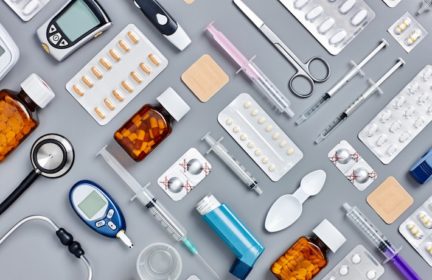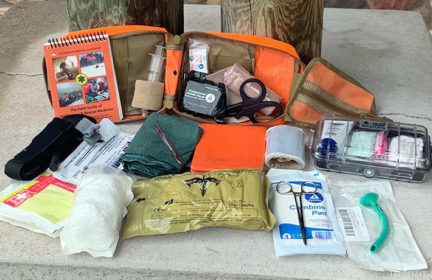Making your own first aid supplies after a disaster
If a large region-wide or even country-wide disaster occurred which harmed many people, store shelves and hospitals will quickly run out of first aid supplies from band-aids, gauze, antibiotics, and more. The hope for us as the prepared is to have enough of this stored before this happens to be able to treat injuries we and those close to us sustain. But what if that disaster happens before we are able to accumulate all of those supplies or we run out because the disaster was worse than we had prepared for?
How do you craft and make various first aid supplies from things you have around the house? It will be hard to make things like antibiotics but instead of gauze for a large cut on the arm, could you use pieces of a tshirt that has been washed? Instead of band-aids can you fold a square of toilet paper and attach that with some tape? And even during the normal times, why not save a buck and make your own supplies? What makes the store bought gauze better or different than say a piece of tshirt or toilet paper?
I don’t have any answers but was curious if other people had thoughts on the subject.
-
Comments (7)
-

